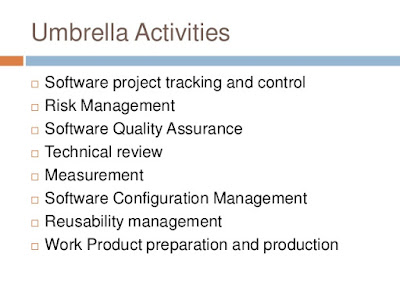How to Protect Against Malicious Software
How to Protect Against Malicious Software
What is malicious software?
Malicious software (malware) is any software that gives partial to full control of your computer to do whatever the malware creator wants. Malware can be a virus, worm, trojan, adware, spyware, root kit, etc. The damage done can vary from something slight as changing the author's name on a document to full control of your machine without your ability to easily find out. Most malware requires the user to initiate it's operation. Some vectors of attack include attachments in e-mails, browsing a malicious website that installs software after the user clicks ok on a pop-up, and from vulnerabilities in the operating system or programs. Malware is not limited to one operating system.
Malicious software (malware) is any software that gives partial to full control of your computer to do whatever the malware creator wants. Malware can be a virus, worm, trojan, adware, spyware, root kit, etc. The damage done can vary from something slight as changing the author's name on a document to full control of your machine without your ability to easily find out. Most malware requires the user to initiate it's operation. Some vectors of attack include attachments in e-mails, browsing a malicious website that installs software after the user clicks ok on a pop-up, and from vulnerabilities in the operating system or programs. Malware is not limited to one operating system.
Malware types can be categorized as
follows: viruses, worms, trojans, and backdoors seek to infect and spread
themselves to create more havoc. Adware and spyware seek to embed themselves to
watch what the user does and act upon that data. Root kits seek to give full
access of your machine to the attacker to do what they want.
What can I do?
- First and foremost, make sure the operating system and
any program you use are up to date with patches/updates, as mentioned previously.
- Always be wary of any strange e-mails, especially ones
with attachments. When in doubt of the e-mail, you can always contact the
sender and ask if their message was legitimate.
- When browsing the internet, always watch what you click
and install. Do not simply click OK to dismiss pop-up windows. Also, make
sure to read through the End User License Agreement (EULA) before
installing; some malware actually list themselves in the EULA so that you legally
agree to install them!
- Use a web browser other than Internet Explorer. IE has
some inherent vulnerabilities that allow malware to be installed by just
browsing a malicious website.*
- Install anti-virus
software; scan and update regularly. It
can, in most cases, remove and prevent viruses, worms, trojans, and
(depending on the software) some spyware.
- Install
anti-spyware/anti-adware;
scan and update regularly. It will remove and (depending on the software)
prevent future adware and spyware. Additional information regarding
spyware can be found at http://www.antispywarecoalition.org/
- Follow the rest of the security recommendations to protect against root kits and other more severe
attacks.
Anti-Malware
Software
SEASnet does not have any anti-spyware/anti-adware software. However, there are many anti-spyware/anti-adware programs available on the internet. Here is a list of a few of them:
SEASnet does not have any anti-spyware/anti-adware software. However, there are many anti-spyware/anti-adware programs available on the internet. Here is a list of a few of them:
- Microsoft Security Essentials
- Microsoft Windows
Defender
- AVG Internet Security
- Spybot - Search & Destroy (freeware)
- avast! Home Edition for personal use
- Panda Internet Security
- MacScan
for Mac OS and Mac OS X
Root kits were primarily the domain
of Unix based operating systems, however, Windows root kits are starting to
show up. Here are a few Root kit tools:
Windows Based
Unix Based
*Some
websites require Internet Explorer to work properly. If the alternate web
browsers do not work for these websites, then fall back to using IE.


Comments
Post a Comment